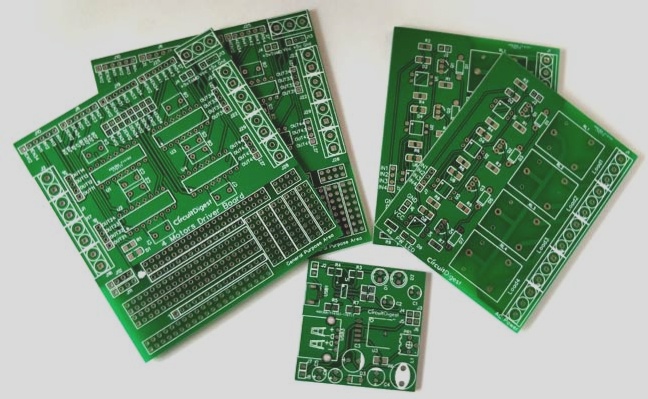What is the significance of impedance to PCB circuit boards, and why do PCB circuit boards need impedance? This article first introduces what impedance and its types are, then it explains why PCB circuit boards need impedance, and finally elaborates on the importance of impedance to PCB circuit boards. Follow the editor to learn more about it.
In a circuit with resistance, inductance, and capacitance, the impedance is the obstacle to alternating current. Impedance, represented by Z, is a complex number with a real part known as resistance and an imaginary part known as reactance. The hindering effect of capacitance on alternating current is called capacitive reactance, while the effect of inductance is called inductive reactance. The combined hindering effect of capacitance and inductance is referred to as reactance, measured in ohms.
(1) Natural Impedance
In electronic products like computers and wireless communications, square wave pulse signals composed of voltage and time are transmitted through PCB circuits. The resistance encountered by these signals is known as natural impedance.
(2) Differential Impedance
When two identical signals with opposite polarities are transmitted through two differential lines and subtracted at the receiving end, the impedance Zdiff between the two lines is known as differential impedance.
(3) Odd Mode Impedance
The impedance value of one line to ground is equal to the impedance value between the two lines.
(4) Even Mode Impedance
When two identical signals with the same polarity are input at the drive end and connected together, the impedance Zcom between the two wires is known as even mode impedance.
(5) Common Mode Impedance
The impedance Zoe of one line to ground is equal to the impedance between the two lines, usually higher than the odd mode impedance.
In a circuit with resistance, inductance, and capacitance, the impedance is the obstacle to alternating current. Impedance, represented by Z, is a complex number with a real part known as resistance and an imaginary part known as reactance. The hindering effect of capacitance on alternating current is called capacitive reactance, while the effect of inductance is called inductive reactance. The combined hindering effect of capacitance and inductance is referred to as reactance, measured in ohms.
(1) Natural Impedance
In electronic products like computers and wireless communications, square wave pulse signals composed of voltage and time are transmitted through PCB circuits. The resistance encountered by these signals is known as natural impedance.
(2) Differential Impedance
When two identical signals with opposite polarities are transmitted through two differential lines and subtracted at the receiving end, the impedance Zdiff between the two lines is known as differential impedance.
(3) Odd Mode Impedance
The impedance value of one line to ground is equal to the impedance value between the two lines.
(4) Even Mode Impedance
When two identical signals with the same polarity are input at the drive end and connected together, the impedance Zcom between the two wires is known as even mode impedance.
(5) Common Mode Impedance
The impedance Zoe of one line to ground is equal to the impedance between the two lines, usually higher than the odd mode impedance.


